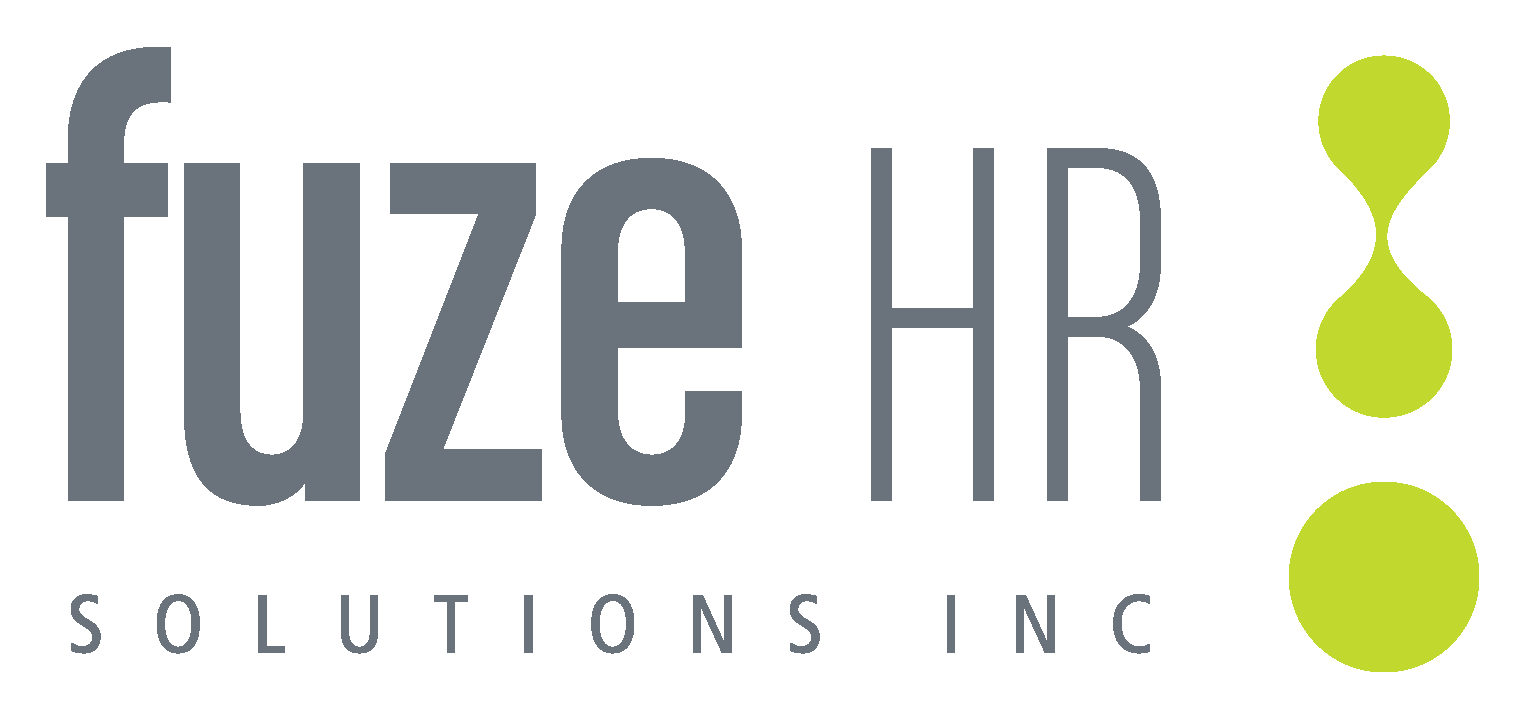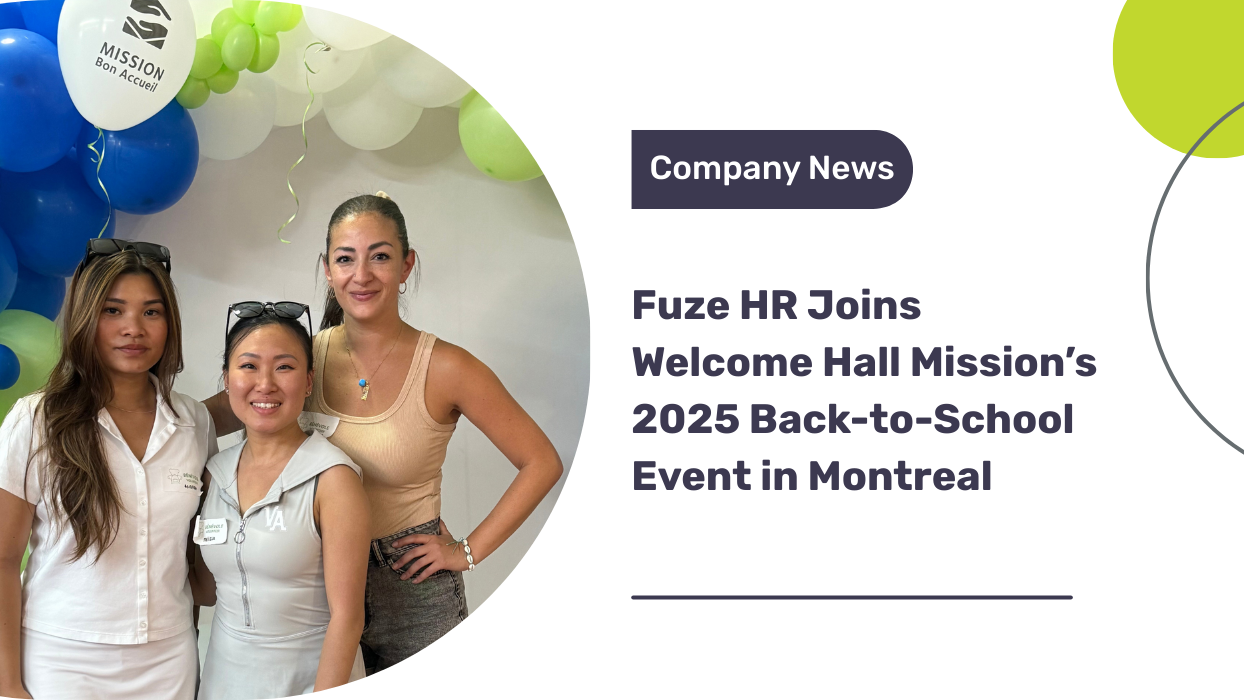AI is no longer a futuristic concept. It’s here, deeply embedded in how companies hire and how candidates apply. Today, 43% of organizations use AI in HR—a massive leap from just 26% in 2024. And in recruitment, AI is now the most commonly used tool, with 51% of companies integrating it into their hiring pipelines.
Job seekers are keeping pace. According to recent data, 57% of hiring managers have seen a noticeable uptick in AI-assisted applications. Candidates are using AI to draft resumes and cover letters (55%), prep for interviews (53%), and even auto-fill application forms (53%).
But here’s the problem: While AI offers speed and efficiency, it often sacrifices the one thing that truly resonates with hiring teams—authenticity.
The AI Paradox: Speed vs. Substance
Hiring professionals face a paradox. The very tools they use to speed up recruitment are also generating cookie-cutter content from applicants. Generic, AI-generated resumes may tick boxes, but they often fall flat where it counts. A full 78% of hiring managers say personalized details in an application signal effort and potential fit. And 62% admit they frequently reject resumes that look like they were generated entirely by AI. Why? Because those resumes lack the nuance, voice, and relevance that come from someone who actually understands the role and company.Why the Human Touch Still Matters
For all its promise, AI can’t read a room, interpret culture, or show that you genuinely care about a position. Personalization in a resume isn’t just a nice-to-have; it’s proof you’re not just clicking “Apply All.” When hiring managers see specific details that align with the company’s mission, reference the job description meaningfully, or show thoughtful insights into the role—they pay attention. That’s the human element AI can’t replicate. Personalization proves you care. It tells hiring managers: I did more than hit “generate.” I spent time crafting this for you.Smart Use of AI: A Starting Point, Not the Final Draft
Using AI isn’t the issue. In fact, it can be incredibly helpful—for structure, grammar, and getting past writer’s block. But AI should be your assistant, not your author.Tips for Personalizing AI-Generated Resumes:
- Start with AI, but finish with you. Let AI give you a draft, then rewrite parts to reflect your voice, experience, and passion.
- Use specific examples. Replace generic phrases with actual projects, metrics, or achievements.
Instead of: “Led marketing initiatives to increase engagement.” Try: “Led a targeted LinkedIn campaign that increased B2B lead engagement by 38% over three months.” - Tailor to the job. Mention the company by name. Reference their mission. Match your language to theirs.
Instead of:“Looking for a challenging role in tech.” Try: “Excited by [Company Name]’s mission to democratize cloud security—eager to bring my background in SaaS product design to your dynamic team.” - Add a personal note. Whether in a cover letter or summary section, share a short reason why you’re excited about this job, not just any job.
Example: “After following [Company Name]’s work on sustainable packaging innovations, I’m thrilled at the chance to contribute as a materials engineer.” - Review like a human. Read your resume out loud. Does it sound like you, or a robot? If it’s the latter, revise.





